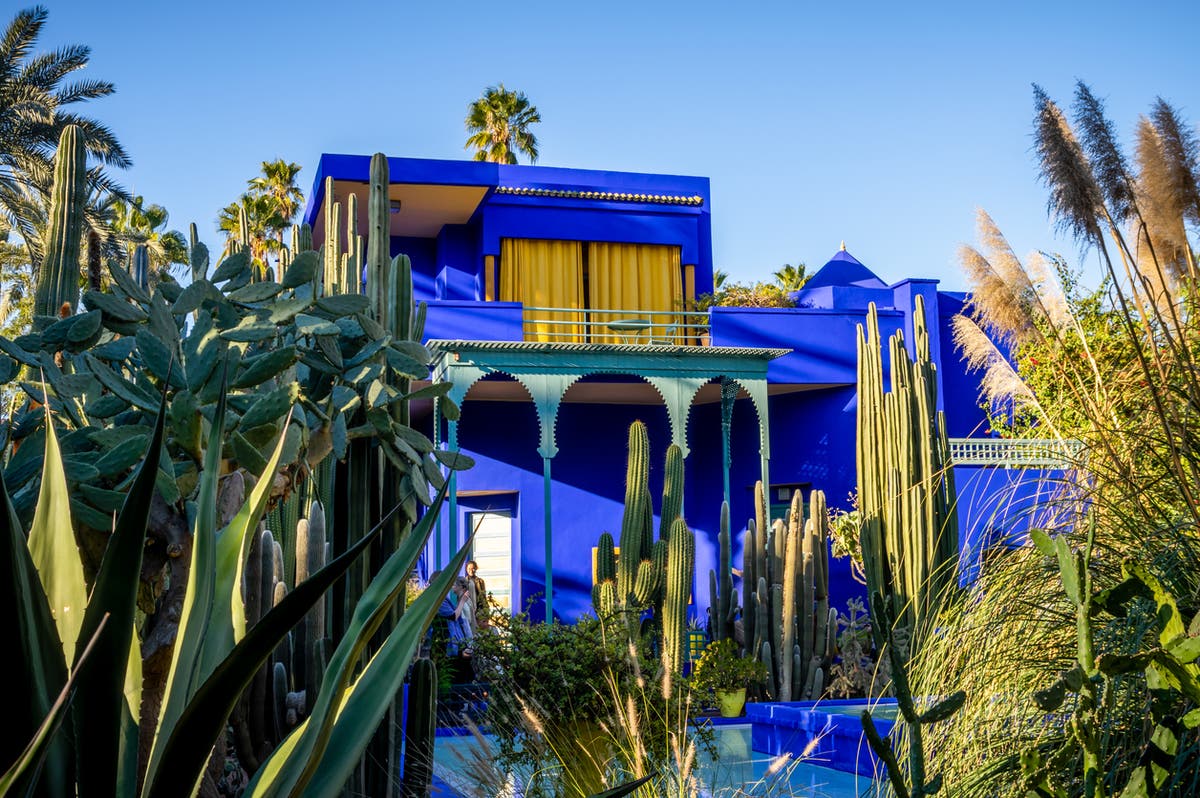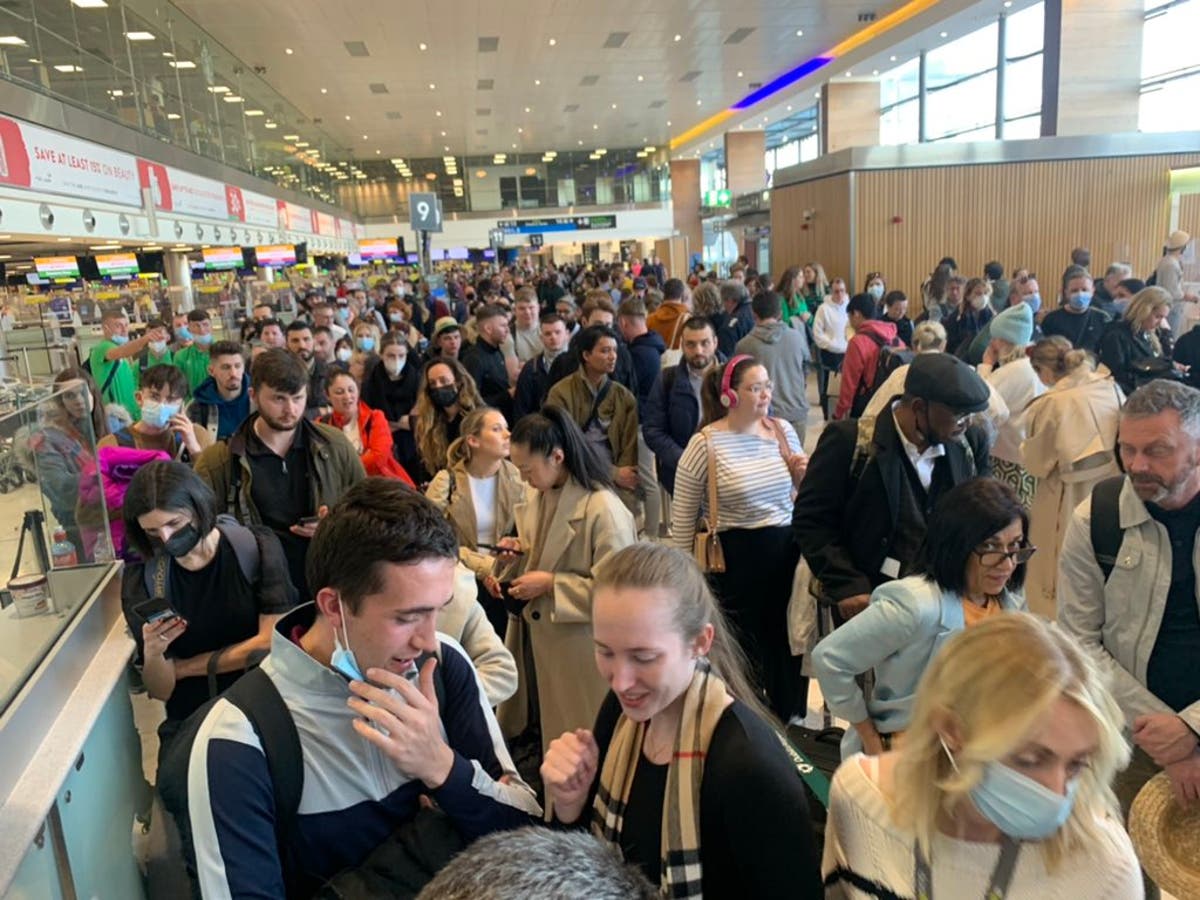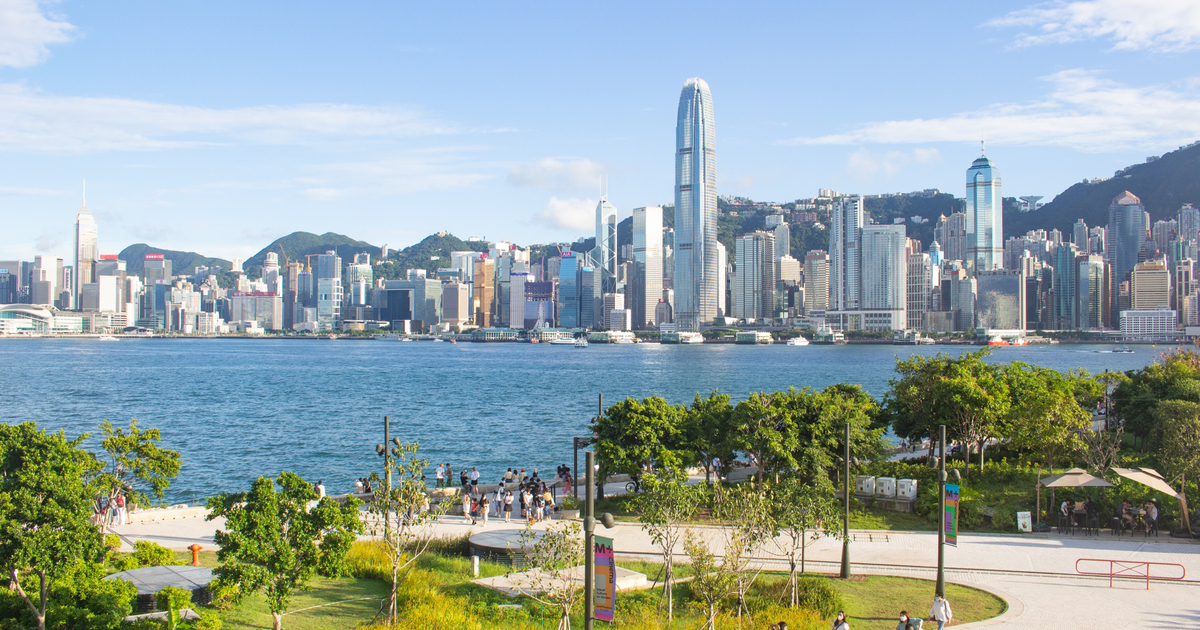The more backpacking changes, the more it stays the same
The Man Who Pays His Way: Some aspects of independent travel in Guatemala have been transformed over the decades, but it remains a wonderfully analogue experience


Sign up to Simon Calder’s free travel email for expert advice and money-saving discounts
Get Simon Calder’s Travel email
New Year’s Day, 1988: bienvenido a Guatemala and welcome to chaos.
Start the year with a tropical adventure: always a good plan. In that distant decade of Thatcher, Wham! and lax rules when flying, I smoked my way across from Gatwick to Miami on Virgin Atlantic. There I connected to now-defunct Eastern Airlines for the two-hour hop to a new and bewildering world. First contact: the dysfunctional and labyrinthine La Aurora airport on the outskirts of Guatemala City. Rather than the traveller choosing between “red” and “green” channels at customs, arrivals were invited to press a button connected to some traffic lights that randomly chose red or green. Mine glowed red but the officials waved me through anyway and concentrated their firepower on a gentleman whose ambitious collection of baggage made me wonder how the plane had ever got off the ground in Florida.
By the time I blearily emerged from the terminal into a melee of meeters, greeters, hustlers and taxi drivers, night had cast a cloak of uncertainty over proceedings. The driver I ended up with weaved around what appeared to be a down-at-heel trading estate rather than the grand highway to the centre of the capital. I imagined I was being abducted.
Thirty-six years, one month and one day later I felt the same absence of control and knowing what the heck was happening. This time I was flying out of Guatemala City, but everything was exactly as I remembered it. All that has changed, it seems, is the addition of intermittent wifi. And that was very much the story throughout my stay in the nation that delivers the best of Central America along with generous winter sunshine.
Street life: Guatemala City
(Simon Calder)
While a few aspects of independent travel in Guatemala have been transformed over the decades, mostly it remains an analogue experience. On multiple visits I have not been abducted once, and have encountered almost universally helpful and friendly souls who enable travellers to experience a volcanic landscape rich in indigenous culture and the delicious cuisine of Guatemala. Once you get out of the city squeezed awkwardly into a hollow between peaks.
One vast improvement in the capital: better security. In 1988, backpacker lore was to get out of Guatemala City as quickly as possible. The longer you stayed, the greater the certainty that you would fall victim to robbery. I have had enough experience of Central American cities (including an attempted mugging in San Jose) to be circumspect after dark. But by day police are visible everywhere – so much so that I wonder why placing guards with semi-automatic weapons outside banks and high-end stores is still entirely necessary. With the sightseers’ minimum of phone, guidebook, quetzales (the local currency) and a credit card, I comfortably walked much of the length of this long, thin straggle of a metropolis. Guatemala City sprawls as far as the volcanoes will allow.
Walking is the way to take in the modest charms of churches, shopping streets and the rather plain Plaza Central (main square), where the chief attraction comprises street vendors offering fresh sliced papaya. Re-energised for 10 quetzales (£1), I tackled the brutalist 1970s cultural centre, perched on a hill and softened with curves. Ridiculously, the visitor is allowed to clamber all over the concrete complex using a rather precarious network of staircases. During my series of visits in the 20th century, it would have been off-limits: away from the main drag, with the villains in the many hidden corners awaiting stray backpackers.
From the top of the cultural centre, while clinging to a low balcony wall, I surveyed the city in all its scruffiness. And, briefly, felt above the noise and extreme pollution. Traffic was bad in 1988. Today, it is terrible. The one concession to decent public transport is a fleet of green buses marked TransMetro that serve special stops. Rather than a conductor on board, you pay by tapping in with a credit card; I am looking forward to the 1 quetzal (10p) bill popping up on my statement. At rush hour, the crowds on board approach comic proportions, with more than 100 passengers squeezed into a single-decker. Payment might be contactless, but the experience certainly isn’t. As the joke goes: how many people can you get on a Guatemalan bus? Answer: two more. Jostling your way off a TransMetro bus at the right stop failed to make it as an Olympic event in 1988 (Seoul) or 2024 (Paris), but I bet it would attract the viewers.
“Chicken buses” are identical to their 1988 forebears. The standard conveyance in Central America is a former American school bus that has passed its best-before date. But what is no longer good enough for US schoolchildren is quite sufficient for Central American travellers plus their extensive luggage, and on market days their livestock.
Driving ambition: Simon Calder by the bus from Antigua to Magdalen
(Charlotte Hindle)
The best buses are exuberantly decorated, and on busy routes such as Guatemala City to the nation’s spiritual heartland, Antigua, they belch their way up the intestinal highway to the mountain pass every two or three minutes. Passengers – whether frail ladies in shawls woven from dazzling primary colours or backpackers – are scooped up from the roadside by the conductor. He collects cash from passengers but spends most of the journey hanging out of the door (which has the benefit of increasing the available room inside) yelling the destination of his overcrowded conveyance to anyone who will listen. In my experience, he will also be kind and helpful to confused and overburdened visitors.
“Never look as though you have just arrived” – that is a prime rule for backpacking in Latin America. Pale-skinned arrivals from the northern winter are routinely picked off by pickpockets. On my first evening in Antigua, though, I watched a solo female traveller bearing a backpack the size of a small house nonchalantly following directions on her phone, and I have every confidence she reached the hostel or B&B of her choice. Tourism is now recognised as fundamental to the Guatemalan economy and visitors are afforded high-visibility protection – even though the nation has, according to the Foreign Office, “one of the highest violent crime rates in Latin America”.
Through the years to the very end of the 20th century – December 1999 – I returned to Guatemala often while researching guidebooks. In those analogue days, many maps were laboriously hand-drawn to show the corner where buses leave Antigua for the capital and the location for the street moneychangers in Guatemala City (Seventh Avenue between 10th and 13th Streets; they still provide financial services there).
Life for the guidebook researcher – and user – has changed. But the basics remain the same. The best source of recommendations is not TripAdvisor but a fellow traveller who has just been where you are heading. Wander off the tourist trail to discover a crumbling chapel on the edge of town where the dedication of masons to their trade and their faith is revealed in exquisitely carved stone. And immerse yourself in daily life by wandering through the municipal market saturated with colour and noise. Your smartphone will enable you to bring your memories home in both sound and vision. But being there, surrounded by joyful chaos, is what counts.
Simon Calder, also known as The Man Who Pays His Way, has been writing about travel for The Independent since 1994. In his weekly opinion column, he explores a key travel issue – and what it means for you.

 Tekef
Tekef 
































